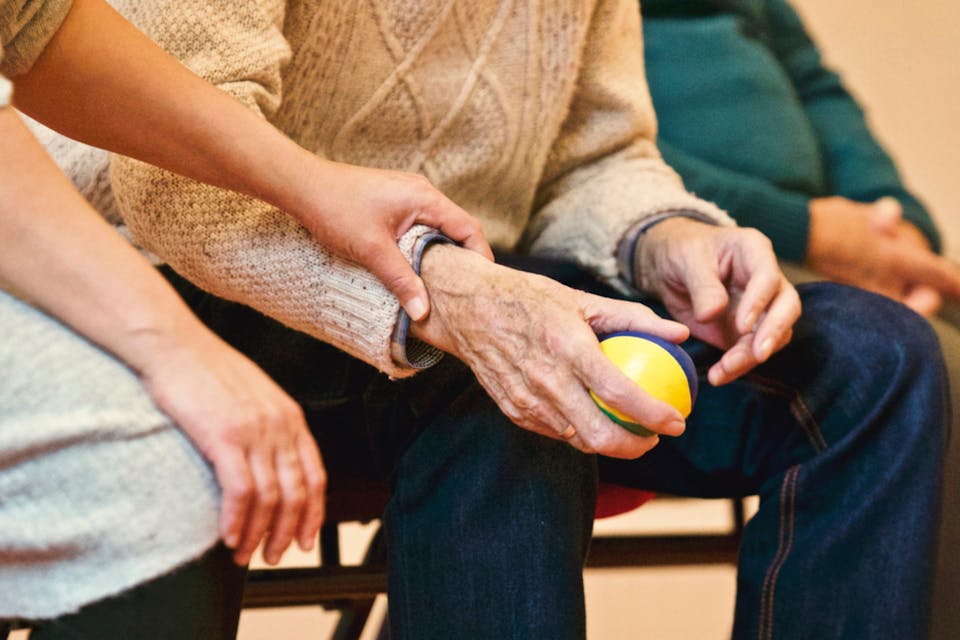
The value of mental health and well-being has come to be understood more and more in the last several years. However, many people find it difficult to access mental health services, particularly those who are hard of hearing or deaf. Communication barriers can frequently keep these people from getting the assistance they require. Thankfully, technological developments are assisting in closing this gap and increasing the deaf and hard-of-hearing community’s access to mental health services. To better understand how digital tools are facilitating better access to therapy and support for individuals who are deaf or hard of hearing, this article examines the role of technology in interpreting for mental health services.
Understanding the Challenges
Before exploring the function of technology, it is critical to comprehend the obstacles that hard of hearing and deaf people encounter when attempting to obtain mental health services. Communication is one of the main obstacles. Since many mental health practitioners are not proficient in sign language, it may be challenging for them to interact with clients who are deaf or hard of hearing. This may result in misconceptions and misinterpretations, which could ultimately lower the standard of care given.
Furthermore, it is frequently difficult to find certified interpreters who are proficient in sign language and mental health jargon. This can further impede communication between mental health providers and their hard-of-hearing or deaf clients, making it more difficult for people to effectively communicate their feelings and thoughts.
The Role of Technology
The deaf and hard of hearing community now has much easier access to mental health services thanks to technological advancements. The use of video remote interpreting (VRI) services is one of the biggest innovations.
Through video conferencing, VRI enables deaf or hard-of-hearing people to communicate with certified sign language interpreters. With the use of this technology, mental health providers and their patients can communicate in real-time, removing barriers to communication and guaranteeing that people get the help they require.
Speech-to-text technology is another innovation that has transformed mental health services. With the use of this technology, people who are hard of hearing or who are deaf can read what is being said during therapy sessions because it instantly translates spoken language into text. Those who prefer to communicate in writing or who might find it difficult to understand sign language may find this to be especially helpful.
Improving Access to Therapy and Support
Photo by Cottonbro Studio
Technology-assisted mental health interpreting has not only made therapy more accessible to those who are hard of hearing, but it has also raised the standard of care that these patients receive overall. Mental health practitioners can make sure their clients can express their thoughts and feelings clearly and completely comprehend the therapy process by using VRI services.
Additionally, mental health practitioners can now more easily explain complicated ideas and concepts to their deaf or hard-of-hearing clients thanks to speech-to-text technology. This may result in more fruitful therapy sessions and ultimately better results for these people’s mental health.
The Impact of Remote Therapy
Technology has made remote therapy a game-changer for the deaf and hard-of-hearing community. It gets people past geographical barriers and eliminates the need for travel by enabling them to receive therapy in the convenience of their own homes. Additionally, the privacy and anonymity offered by remote therapy can be especially helpful for people who might feel stigmatized or uneasy asking for help in person. Furthermore, people may find that remote therapy is more convenient and adaptable, which makes it simpler for them to fit sessions into their hectic schedules.
The Role of Telepsychiatry
Better access to mental health care for the deaf and hard-of-hearing community has also been facilitated by telepsychiatry, which uses technology to deliver psychiatric services remotely.
Through video conferencing, psychiatric professionals can interact with patients in telepsychiatry, facilitating prompt and efficient delivery of necessary care. Those who might find it difficult to receive traditional psychiatric services because of distance or communication difficulties may find this method especially helpful.
Overcoming Barriers to Access
Even though technology has greatly improved the deaf and hard-of-hearing community’s access to mental health services, there are still obstacles that need to be removed. The cost of technology is one of the primary obstacles. Speech-to-text technology and VRI services can be costly, which makes it challenging for some people to use them.
More instruction and training are also required for mental health practitioners on the proper use of technology when working with clients who are hard of hearing or deaf.
Technology can be fully utilized to improve the deaf and hard-of-hearing community’s access to therapy and support if mental health professionals are equipped with the required knowledge and skills.
Conclusion
In summary, technology has significantly improved deaf and hard-of-hearing people’s access to mental health services. Speech-to-text technology and VRI services have made it possible for people to communicate with each other and get the support they require. Even though there are still obstacles to be solved, the ongoing progress in technology gives hope for a time when everyone will have access to mental health services, regardless of their level of hearing.
For those who are looking for additional support, Unspoken Language Services offers interpreting services to help bridge the communication gap between the deaf and hearing communities.
Thumbnail Photo Credit to: Photo by Cottonbro Studio

